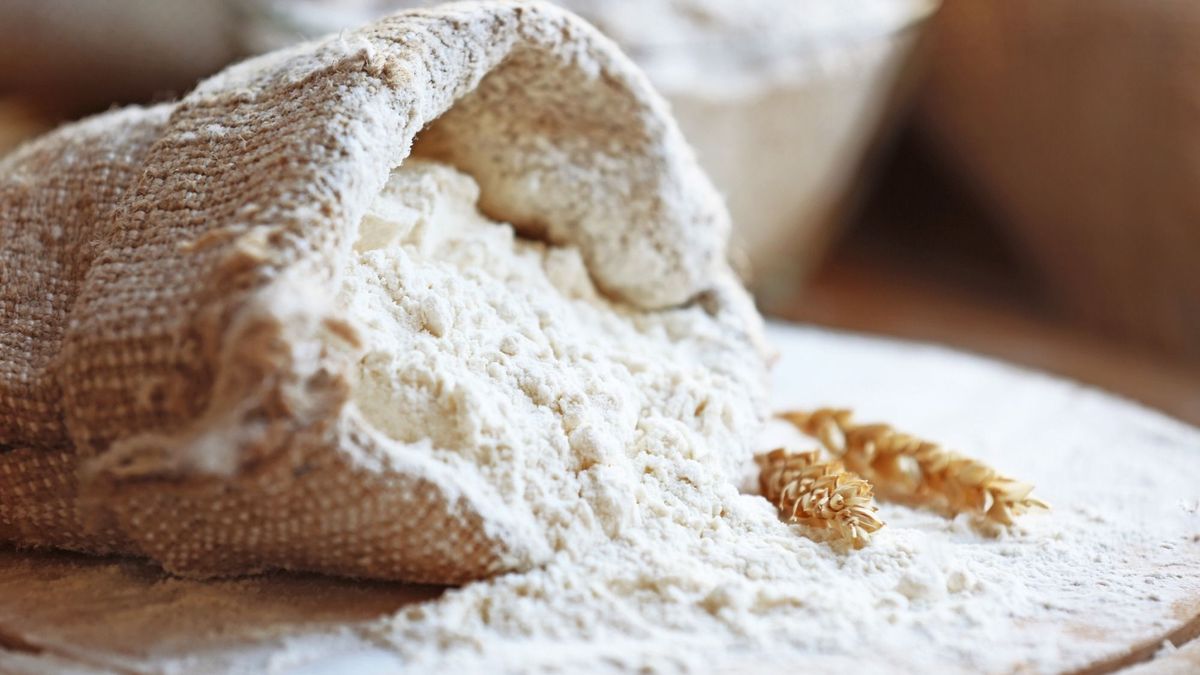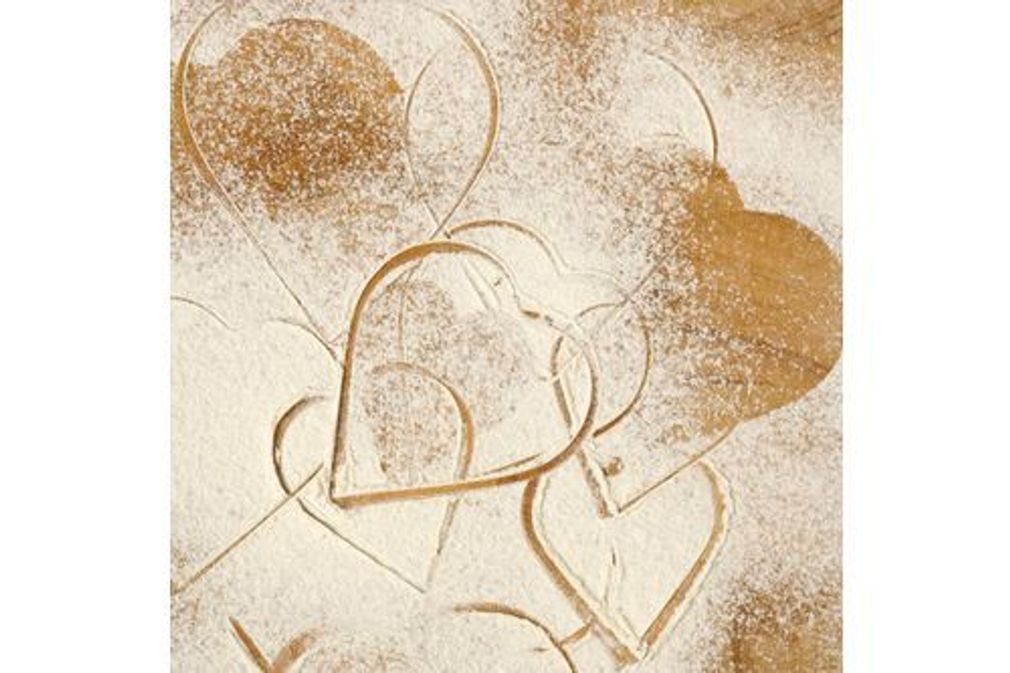
An alternative to wheat flour, very popular in baking, corn flour comes from the grinding of corn kernels and has a slightly sweet flavor. What are its nutritional, culinary and organoleptic specificities? What is the difference with cornstarch? The answers from Raphaël Gruman, dietitian nutritionist in Paris.
Benefits: Is corn flour good for your health?
Corn flour has a nutritional value relatively close to that of wheat flour, and is therefore a rather healthy and essential ingredient in cooking. Rich in complex carbohydrates and dietary fiber, it constitutes an excellent source of energy and contributes to the regulation of transit as well as the feeling of satiety.
It also contains vitamin B3, beneficial for energy metabolism, and carotenoids – such as lutein and zeaxanthin – which contribute to eye health by protecting the retina against damage caused by light.
How many calories and carbs?
Corn flour provides 361 kcal per 100g, i.e. approximately the same quantity as wheat flour which provides around 355. It is a food with a high carbohydrate content, since it contains 78g per 100g, i.e. a little more than wheat flour which contains 73 g. Corn flour has a relatively high glycemic index (GI), around 70, which explains why its consumption causes a relatively rapid rise in blood sugar levels. “The GI of wheat flour varies depending on its fiber content, and therefore its degree of refining.” recalls Raphaël Gruman: it is 65 for wholemeal flour (T110), 75 for “classic” flour (T55), 85 for special pastry flour (T45).
What is the difference between cornstarch, cornstarch and corn flour?
Cornstarch, also known as cornstarch or corn starch, and corn flour are both derived from corn, but differ in their manufacturing process and culinary uses.
Corn flour is made by grinding the entire corn kernel, including the germ and bran, giving it a grainier texture and stronger flavor. It is often used to make breads and pastries, particularly in South American cuisines.
“Cornstarch, for its part, is extracted only from corn starch removed from its husks: it therefore contains no proteins, lipids or fiber. It looks like a very fine white powder.” indicates the nutritionist. It is mainly used as a thickening agent for sauces, soups and desserts. It can also replace wheat flour in certain recipes, bringing lightness and fluidity to preparations.
Can cornstarch replace corn or wheat flour?
Corn flour has exactly the same culinary indications as wheat flour, which is not always the case for cornstarch. Also, although it is possible to replace corn flour with cornstarch in certain preparations, this is not always the case. Cornstarch has a higher binding and thickening power than corn flour. In addition, it gives a lighter and more airy texture to preparations.
Generally speaking, we consider that 100g of wheat flour (i.e. corn flour) can be replaced by 60g of cornstarch (cornstarch). If the recipe contains little flour, it can be replaced entirely with cornstarch to bring lightness to the cake.
But if the quantity of flour is large and you want to make a cake that requires staying power, like a cake: it is advisable to combine it with another flour (40g of cornstarch + 60g of chestnut flour , corn or wheat for example).
Whatever happens, it is recommended to experiment before completely replacing corn flour with cornstarch in a recipe.
Yellow or white: what’s the difference?
Corn flour comes in two main varieties: yellow and white. These two variants come from different varieties of corn and therefore have some specificities.
- Yellow corn flour is made from yellow corn kernels. It has a characteristic slightly sweeter taste and a more intense color than white flour and gives a pretty golden color to pastries. It also contains more vitamins A and B than the white one, which makes it more nutritious;
- White corn flour is obtained from white corn kernels. It is generally favored in recipes requiring flour with a more neutral taste. Its nutritional value is significantly less interesting than that of yellow corn flour.
Corn flour and cornbread: gluten or not?
Gluten is a protein fraction contained in wheat, but also in rye, barley and oats. “Corn flour – just like rice or buckwheat flour – is therefore completely free of gluten, which makes it particularly interesting for people who are intolerant or allergic to this protein.” indicates the dietitian.
Be careful, however, as we often conclude that corn bread is gluten-free, which is not always the case, because in many of them, corn flour is mixed with wheat flour, which contains gluten. gluten.
And what’s the difference with polenta?
If polenta and corn flour are both made from corn kernels, they differ in their granulometry, that is to say the size of their grains. Corn flour is ground very fine and resembles a powder, while polenta has a coarser, semolina-like consistency.

